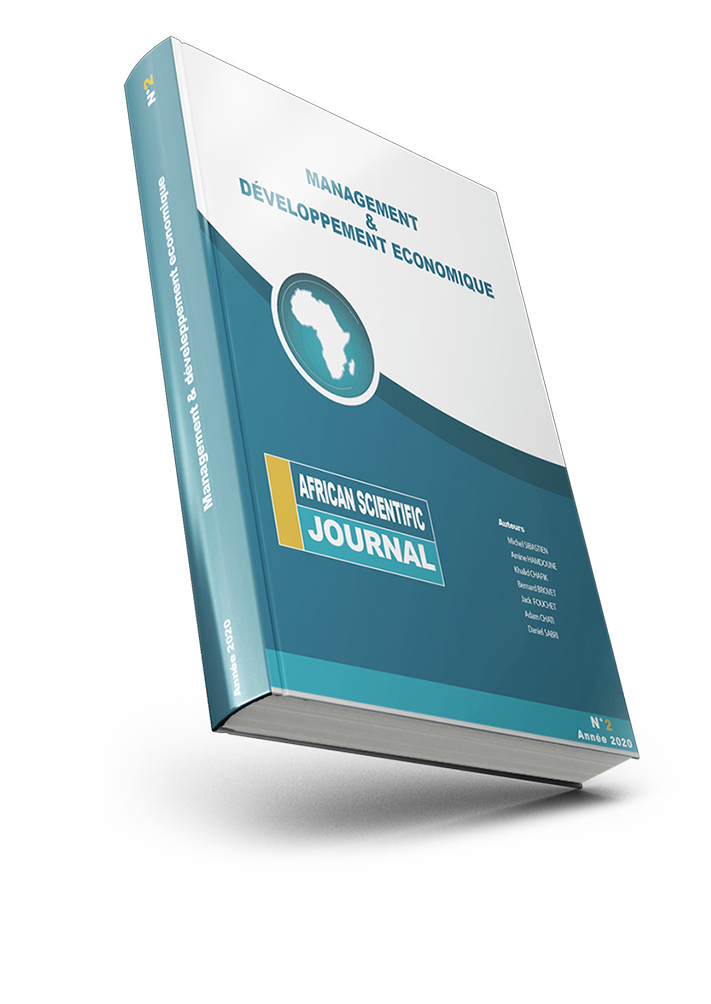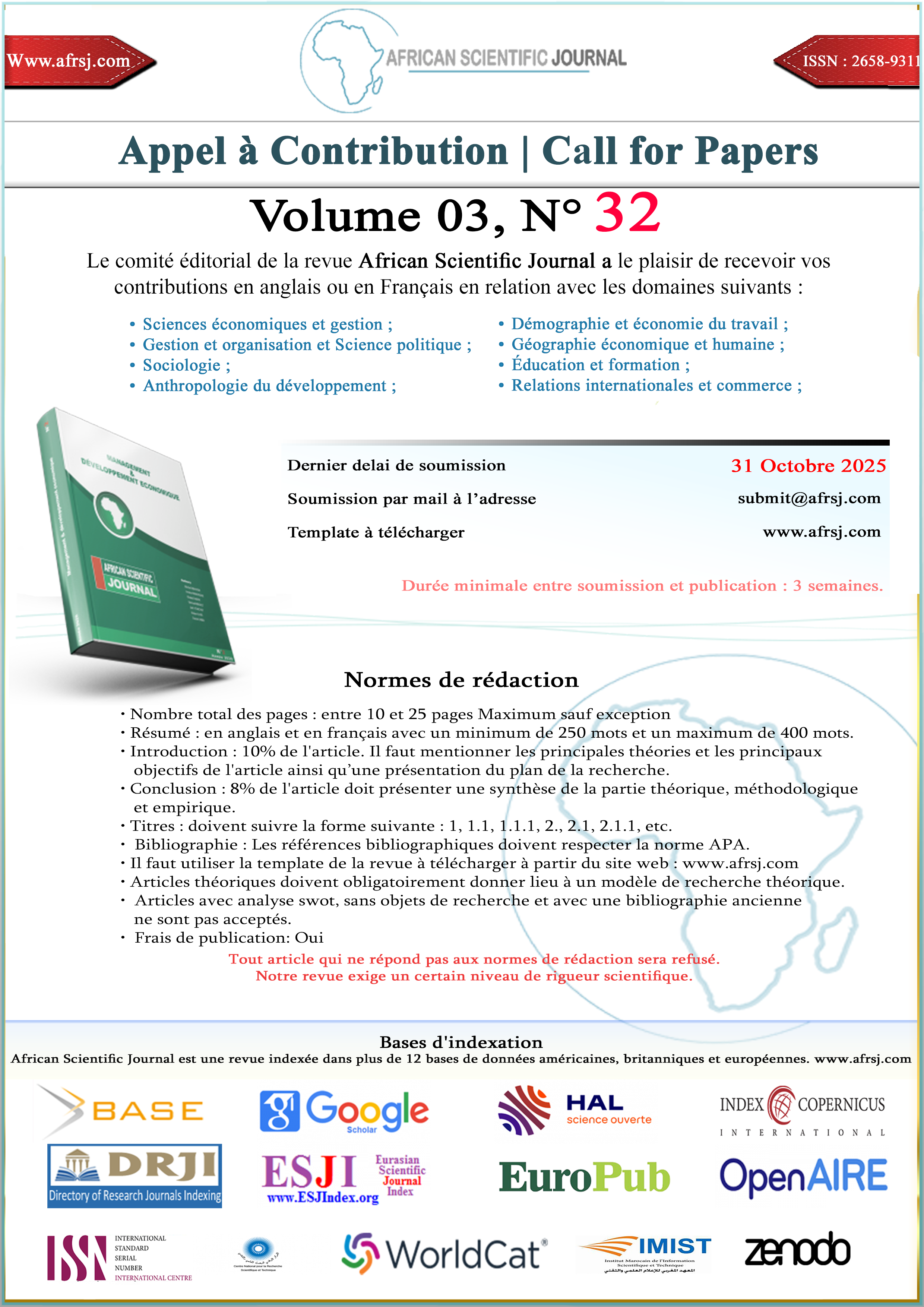Managerial Innovation Within Associations Case Study Of Amas
DOI:
https://doi.org/10.5281/zenodo.7892896Keywords:
non profits organizations, professionalization, innovation, managementAbstract
While managerial innovation has received much recent academic attention, there has been little exploration of its application to the nonprofit sector.
However, with the significant growth of this sector and its crucial economic role, managerial innovation has become an important factor in supporting this trend. Associations, in particular, have adopted managerial innovations to improve their production processes, relying heavily on intangible human factors that are difficult to replace with physical capital.
Moreover, the distinction between associations and firms presents an opportunity for further research on the innovation process. Associations, in particular, offer a singular analytical model that allows for a different understanding of how the particularities of these organizations influence the process of implementing managerial innovation.
Through a case study using effective qualitative methods, this analysis aims to explore the nuances and understand the impact of this form of innovation on associations. To this end, the association AMAS was chosen as the object of investigation, given its active involvement in an important managerial innovation process since 2015.
Our results led to an overall understanding of the specificities of managerial innovation in an associative environment. The innovation process is characterized by prolonged phases, deliberately designed to foster a mixed model of bottom-up and top-down approaches. Initially, associations allocate sufficient time to foster collective consensus, resulting in loosely structured and adaptable managerial innovation. Then comes a non-linear implementation stage, in which flexibility and non-routine practices are persistently applied to ensure that the managerial innovation remains malleable and responsive to changing needs.
Downloads
Published
How to Cite
Issue
Section
License
Copyright (c) 2023 African Scientific Journal

This work is licensed under a Creative Commons Attribution-NonCommercial-NoDerivatives 4.0 International License.





















